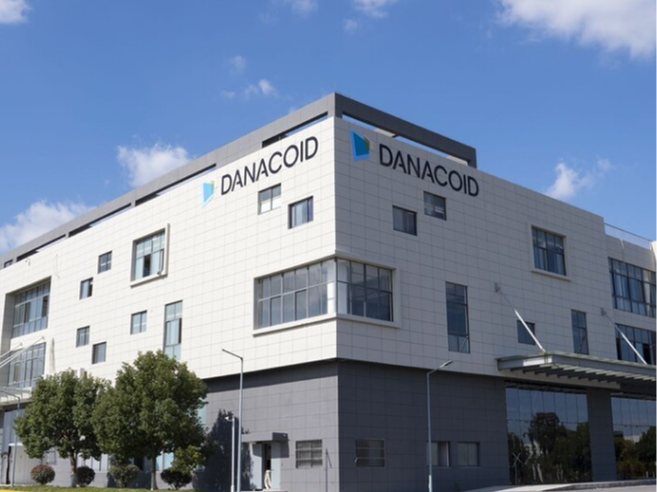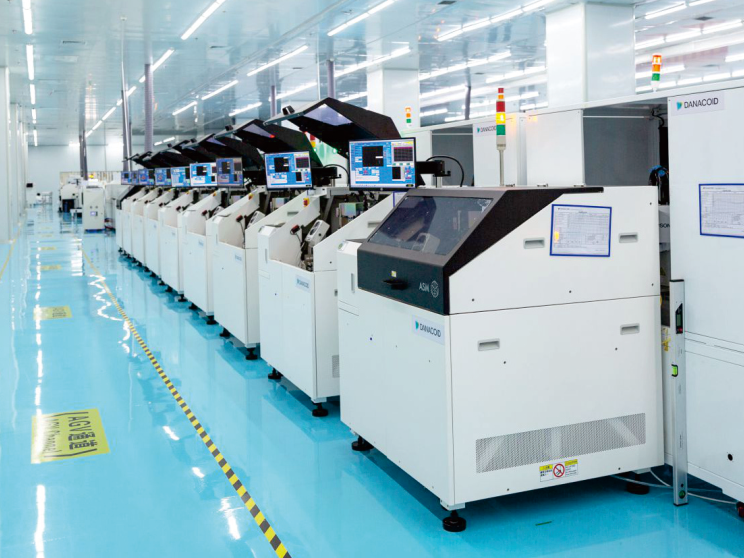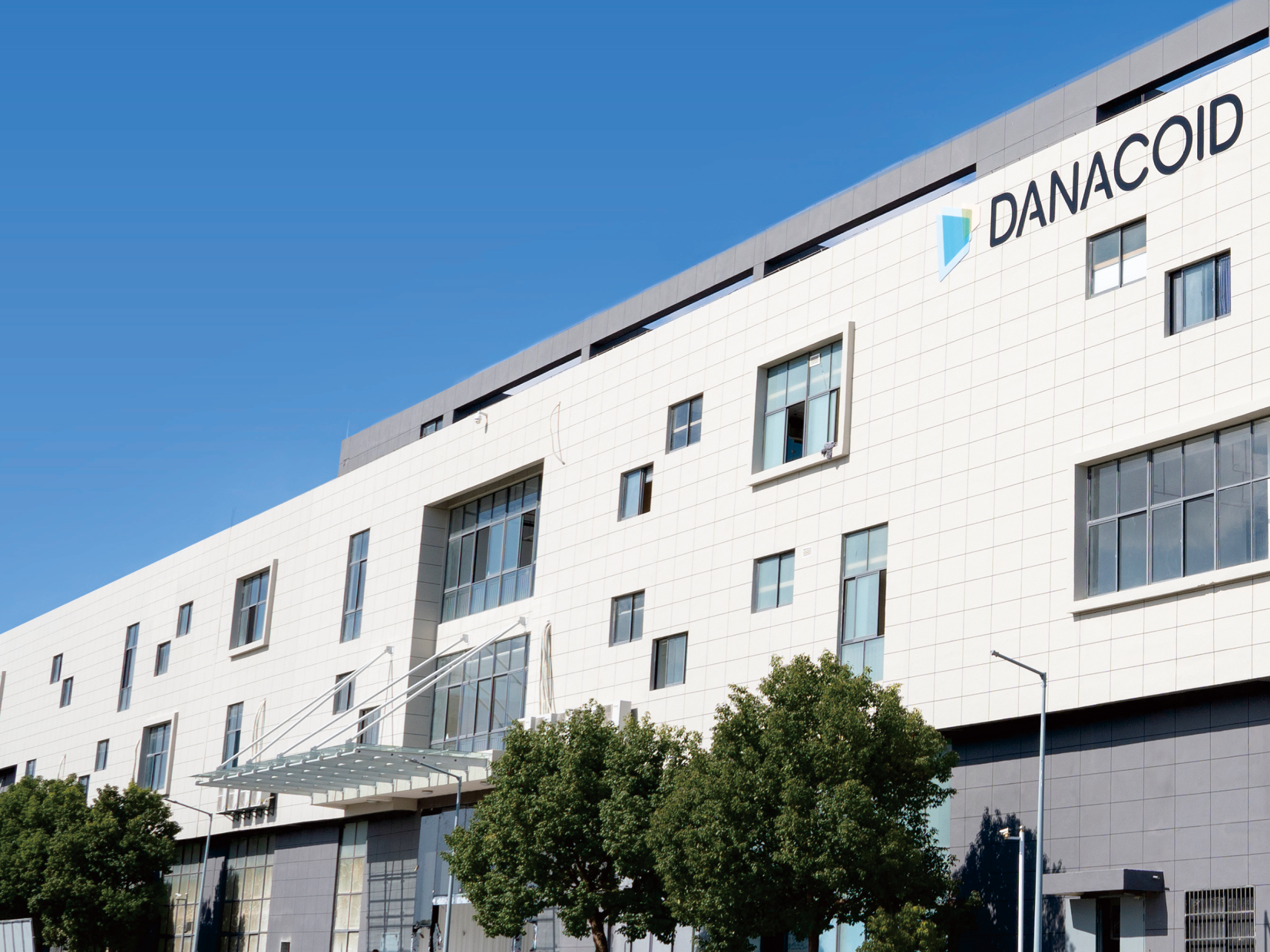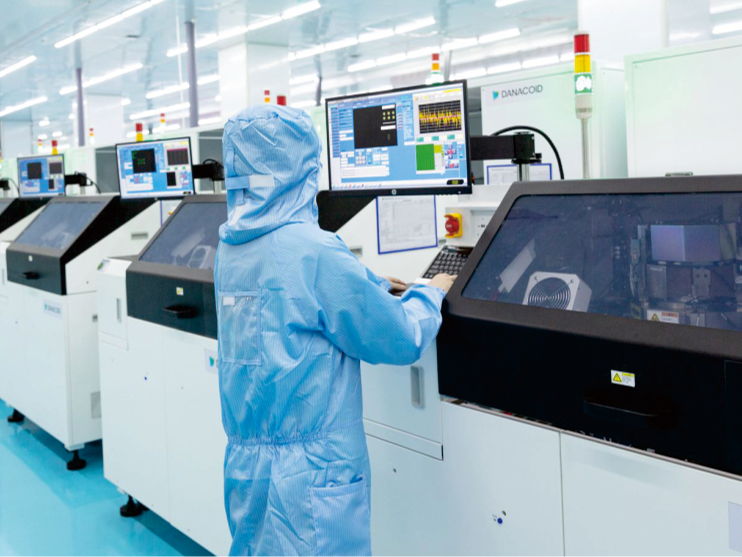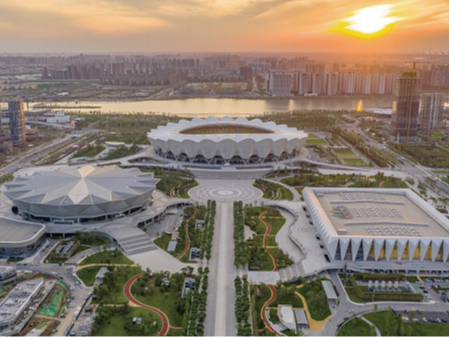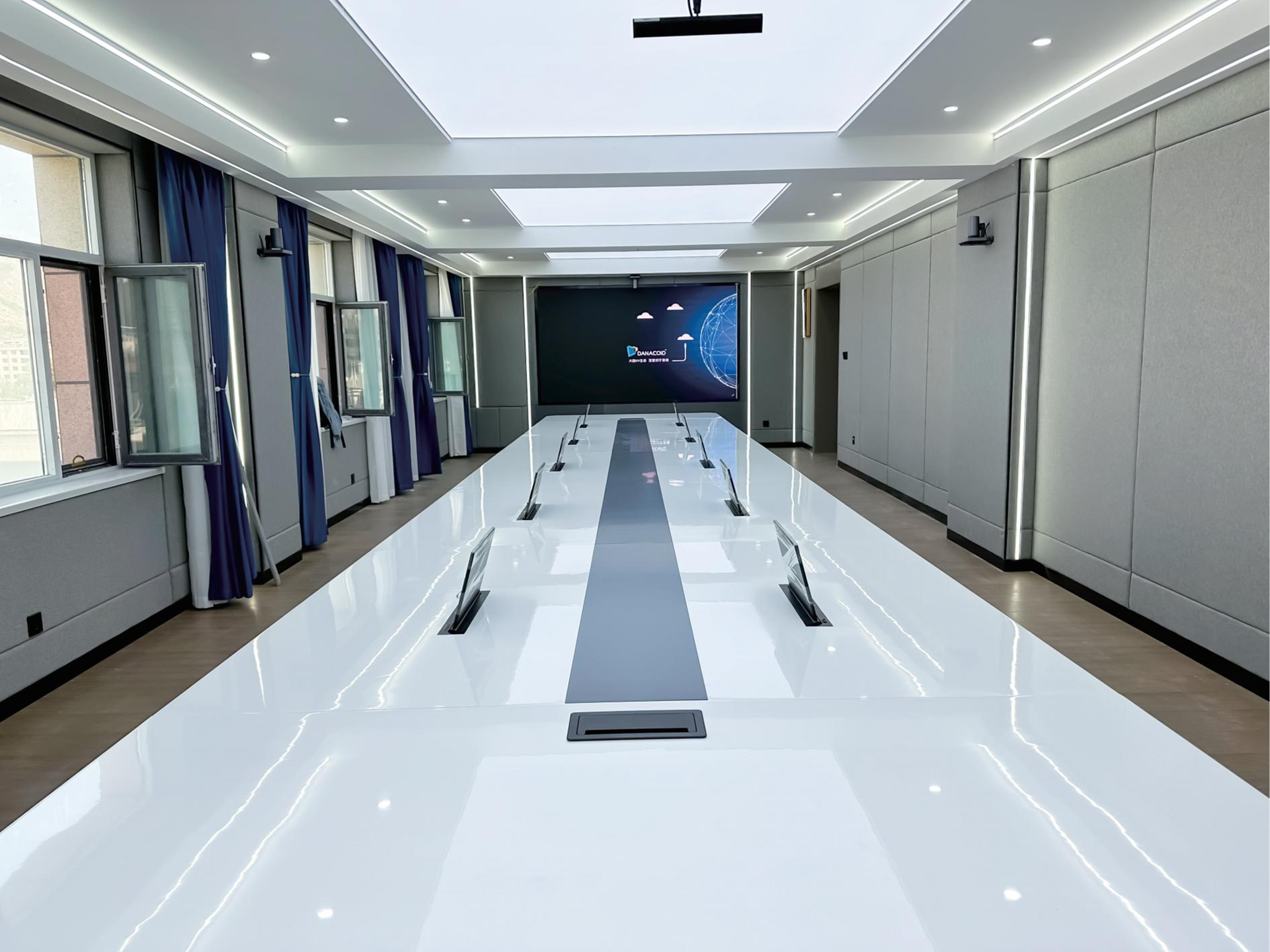Professional Sound Solutions for Large-Scale Events and Venues
When it comes to delivering crystal-clear audio across vast spaces, outdoor loudspeaker systems play a pivotal role in creating immersive sound experiences. From music festivals and sporting events to corporate gatherings and public ceremonies, the right speaker configuration can transform any outdoor venue into an acoustically optimized environment. Understanding the complexities and requirements of outdoor sound reinforcement is crucial for event planners, venue managers, and audio professionals seeking to deliver exceptional audio quality.
Modern outdoor loudspeaker systems have evolved significantly, incorporating advanced technologies that combat environmental challenges while maintaining sonic integrity. These systems must not only produce powerful, clear sound but also withstand various weather conditions and overcome ambient noise challenges that outdoor settings present.
Essential Components of Professional Outdoor Sound Systems
Line Array Technology and Its Advantages
Line array systems have revolutionized outdoor loudspeaker systems by offering superior sound distribution and control. These configurations consist of multiple speakers arranged in a vertical array, working together to create consistent coverage across large areas. The design allows sound waves to combine coherently, resulting in even frequency response and minimal distortion at various distances.
Modern line arrays feature sophisticated waveguides and processing that enable precise control over sound dispersion. This technology helps prevent audio spillover into unwanted areas while ensuring that every audience member experiences optimal sound quality, regardless of their location within the venue.
Subwoofer Configurations for Outdoor Spaces
Powerful bass reproduction is essential for outdoor events, and strategic subwoofer placement makes all the difference. Cardioid subwoofer arrays have become increasingly popular in outdoor loudspeaker systems, as they direct low frequencies toward the audience while minimizing rear projection. This approach not only improves the audience experience but also reduces noise pollution in surrounding areas.
Advanced subwoofer designs now incorporate weather-resistant materials and sophisticated processing capabilities, allowing for precise control over low-frequency content in challenging outdoor environments. The ability to adjust phase relationships and timing between multiple subwoofers ensures consistent bass response throughout the coverage area.
Weather Resistance and Durability Features
Protection Against Environmental Elements
Professional outdoor loudspeaker systems must be built to withstand various weather conditions while maintaining performance integrity. High-quality systems feature weatherized components, including water-resistant cone materials, protected crossovers, and sealed input panels. These protective measures ensure reliable operation in challenging conditions, from intense sun exposure to unexpected rain.
Manufacturing techniques have evolved to include UV-resistant materials and corrosion-resistant hardware, extending the lifespan of outdoor installations. Premium systems often carry IP (Ingress Protection) ratings, indicating their level of resistance to dust and water intrusion.
Structural Integrity and Installation Security
Safety considerations are paramount when deploying outdoor loudspeaker systems. Modern designs incorporate robust rigging points and mounting hardware rated for significant wind loads. Advanced modeling software helps engineers calculate safe deployment configurations, accounting for environmental factors and structural requirements.
Integration of lightweight yet durable materials, such as premium-grade aluminum and composite enclosures, provides the necessary strength while reducing the overall system weight. This balance makes installation safer and more manageable while ensuring long-term stability.
Digital Signal Processing and Control Systems
Network Integration and Remote Management
Today's outdoor loudspeaker systems benefit from sophisticated digital signal processing (DSP) capabilities. Networked audio solutions allow for real-time monitoring and adjustment of multiple speaker zones from a central control point. This level of control enables quick response to changing environmental conditions or program material requirements.
Advanced DSP platforms provide comprehensive system optimization tools, including FIR filtering, array processing, and atmospheric compensation. These features help maintain consistent sound quality despite varying temperature, humidity, and wind conditions that can affect outdoor sound propagation.
Acoustic Optimization and Coverage Control
Smart processing algorithms in modern outdoor loudspeaker systems can automatically adjust performance parameters based on environmental feedback. Beam steering technology allows operators to precisely control vertical coverage, reducing unwanted reflections and maximizing direct sound to the audience.
Integration of environmental monitoring sensors helps systems adapt to changing conditions, maintaining optimal performance throughout an event. These adaptive systems can modify their response to compensate for temperature-induced changes in air density or wind-related effects on sound propagation.
System Design and Coverage Planning
Acoustic Modeling and Prediction Software
Professional outdoor loudspeaker systems benefit from sophisticated acoustic modeling tools that predict coverage patterns and system performance before installation. These software solutions allow designers to optimize speaker placement and configuration while identifying potential acoustic challenges.
3D mapping capabilities enable precise visualization of sound coverage, helping to eliminate dead spots and ensure even distribution throughout the venue. Advanced modeling also accounts for environmental factors and architectural features that might affect sound propagation.
Scalability and System Integration
Modern outdoor sound systems are designed with scalability in mind, allowing for easy expansion or reconfiguration as venue needs change. Modular approaches to system design enable venues to start with a basic configuration and add components as required, without compromising sound quality or system integrity.
Integration capabilities extend beyond audio to include lighting, video, and show control systems, creating comprehensive entertainment solutions for large-scale events. This unified approach simplifies operation and ensures synchronized performance across all production elements.
Frequently Asked Questions
How do weather conditions affect outdoor loudspeaker performance?
Weather conditions can significantly impact sound propagation and system performance. Temperature, humidity, and wind can affect sound wave behavior, while rain and direct sunlight can potentially damage equipment. Professional outdoor loudspeaker systems are designed with weather-resistant features and environmental compensation tools to maintain consistent performance regardless of conditions.
What is the typical coverage range for professional outdoor speaker systems?
Coverage range varies depending on the system configuration and venue requirements. Modern line array systems can effectively cover distances from 100 to 300 feet or more, while maintaining even sound pressure levels. Proper system design and placement are crucial for achieving optimal coverage throughout the intended area.
How important is regular maintenance for outdoor speaker systems?
Regular maintenance is crucial for ensuring long-term reliability and performance of outdoor loudspeaker systems. This includes routine inspections of weather seals, electrical connections, and mounting hardware, as well as periodic testing of system components and processing equipment. Professional maintenance helps prevent potential failures and extends system lifespan.




